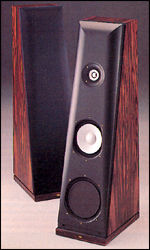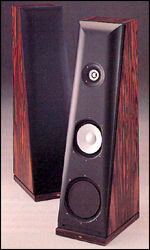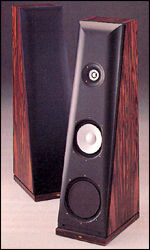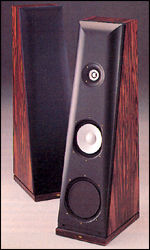Some form of high-resolution digital audio is right around the corner. Whether it's SACD, DVD-Audio, or both, will you be an early adopter, or will you wait until the dust settles?
Digital Radio Avoids Falling Off a Cliff
Digital Radio Avoids Falling Off a Cliff
- Read more about Digital Radio Avoids Falling Off a Cliff
- Log in or register to post comments
Added to the Archives This Week
Added to the Archives This Week
- Read more about Added to the Archives This Week
- Log in or register to post comments
Willie Nelson Speeds Up to Internet Time
Willie Nelson Speeds Up to Internet Time
- Read more about Willie Nelson Speeds Up to Internet Time
- Log in or register to post comments
MP3.com Draws $11 Million in Venture Capital
MP3.com Draws $11 Million in Venture Capital
- Read more about MP3.com Draws $11 Million in Venture Capital
- Log in or register to post comments
CEMA: '99 CES a Huge Success
CEMA: '99 CES a Huge Success
- Read more about CEMA: '99 CES a Huge Success
- Log in or register to post comments
Thiel CS2.3 Loudspeaker Measurements part 3
Thiel CS2.3 Loudspeaker Measurements part 3

- Read more about Thiel CS2.3 Loudspeaker Measurements part 3
- Log in or register to post comments
Thiel CS2.3 Loudspeaker Measurements part 2
Thiel CS2.3 Loudspeaker Measurements part 2

- Read more about Thiel CS2.3 Loudspeaker Measurements part 2
- Log in or register to post comments
Thiel CS2.3 Loudspeaker Measurements
Thiel CS2.3 Loudspeaker Measurements

- Read more about Thiel CS2.3 Loudspeaker Measurements
- Log in or register to post comments
Thiel CS2.3 Loudspeaker Associated Components
Thiel CS2.3 Loudspeaker Associated Components

- Read more about Thiel CS2.3 Loudspeaker Associated Components
- Log in or register to post comments
